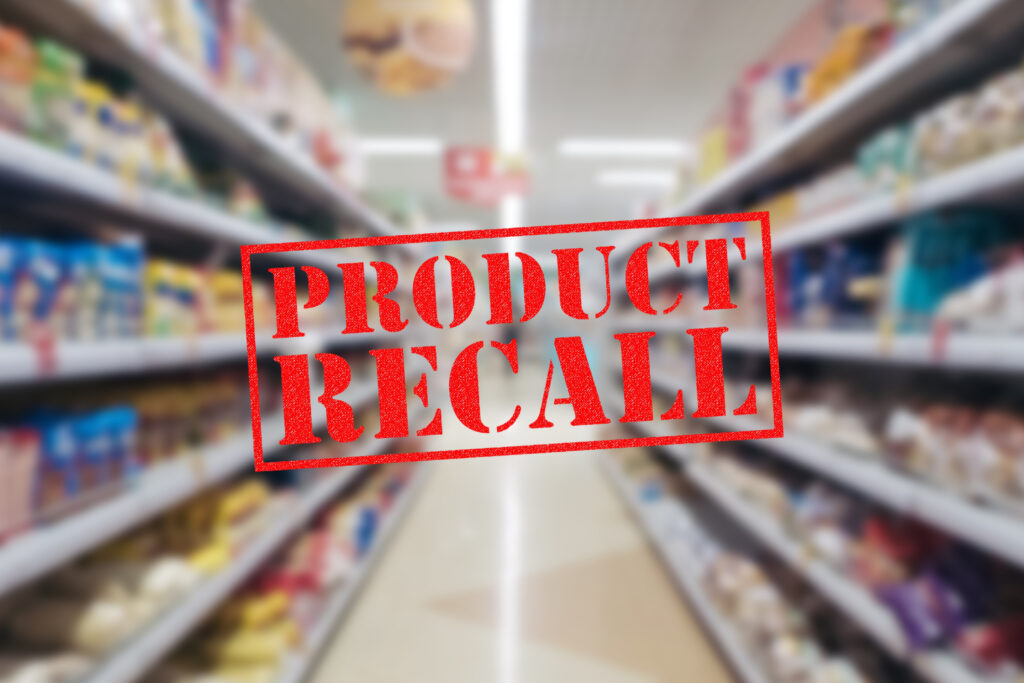What Is In a Name: Brand Protection and Product Recall Strategies
Product recalls pose significant risks to public safety, organizational finances, and brand reputation, yet many companies remain underprepared for the complexities they bring. In this session at RIMS 2025, Chris Harvey, Senior Vice President of Brand Protection at Sedgwick, shared strategies for building a robust recall response plan.
Recall Landscape
The U.S. has roughly 3500 product recalls a year, which equates to about 66 per week. A reduction in frequency post-covid combined with a more focused approach to product safety and third-party suppliers has led to an overall decline. European regulations have changed requiring more diligence to keep up with different standards vs. the U.S.
It is difficult to predict how recalls will develop or not based on the current administration’s approach to the Consumer Product Safety Commission (CPSC). There is also recall fatigue from consumers, since recalls are not the focal point they once were. Consumers also tend to underestimate the personal impact after owning a recalled product. It is the responsibility of organizations to get consumers to pay attention.
Pitfalls
Consumers can get frustrated during a product recall. If they cannot contact the brand experiencing the recall, frustration can increase. Sometimes, the company experiencing the recall will send part replacements with an expected timeline. When that timeline is inaccurate and consumers are left waiting for months for a part that never comes, they may resort to filing a class action lawsuit. The company loses brand loyalty and their reputation as a result. The mishandling of even the smallest recall can change how a consumer trust a product and a company.
There is also a risk of civil and criminal penalties. Fraudulent claims from bad actors who seek to take advantage of a company during a recall can add to the impact. They can scan websites like the CSPC to submit paperwork for a class action based on large recalls.
Secondhand markets can also be a problem. Sometimes, secondhand markets do not pay enough attention to a product recall, and a claim might occur again several years later. The organization is responsible, and they must stay vigilant in ensuring that the affected products are removed from sellers.
Mitigating Risks
It’s not a matter of if, it’s when. Organizations need to control the narrative, whether it is social media or press relations. Speed, transparency, and empathy are key in a product recall strategy. It is very important to move quickly, ensure important information is communicated timely, and use integrity in the situation. When product recalls are done properly, it can actually build consumer trust and increase sales. Internal teams should be trained, with a robust game plan that parallels with today’s environment. Approaches should be tailored, emphasizing current regulations and the lifecycle of everything within a product recall. All recalls are different and may call for a full product elimination or potentially just a part replacement. Timely remedies also depends on the frequency of use by the consumer (e.g., $5 piece of costume jewelry vs. a $900 cell phone). An organization has to identify who has to be notified, who is supplying data, and where it was distributed.


